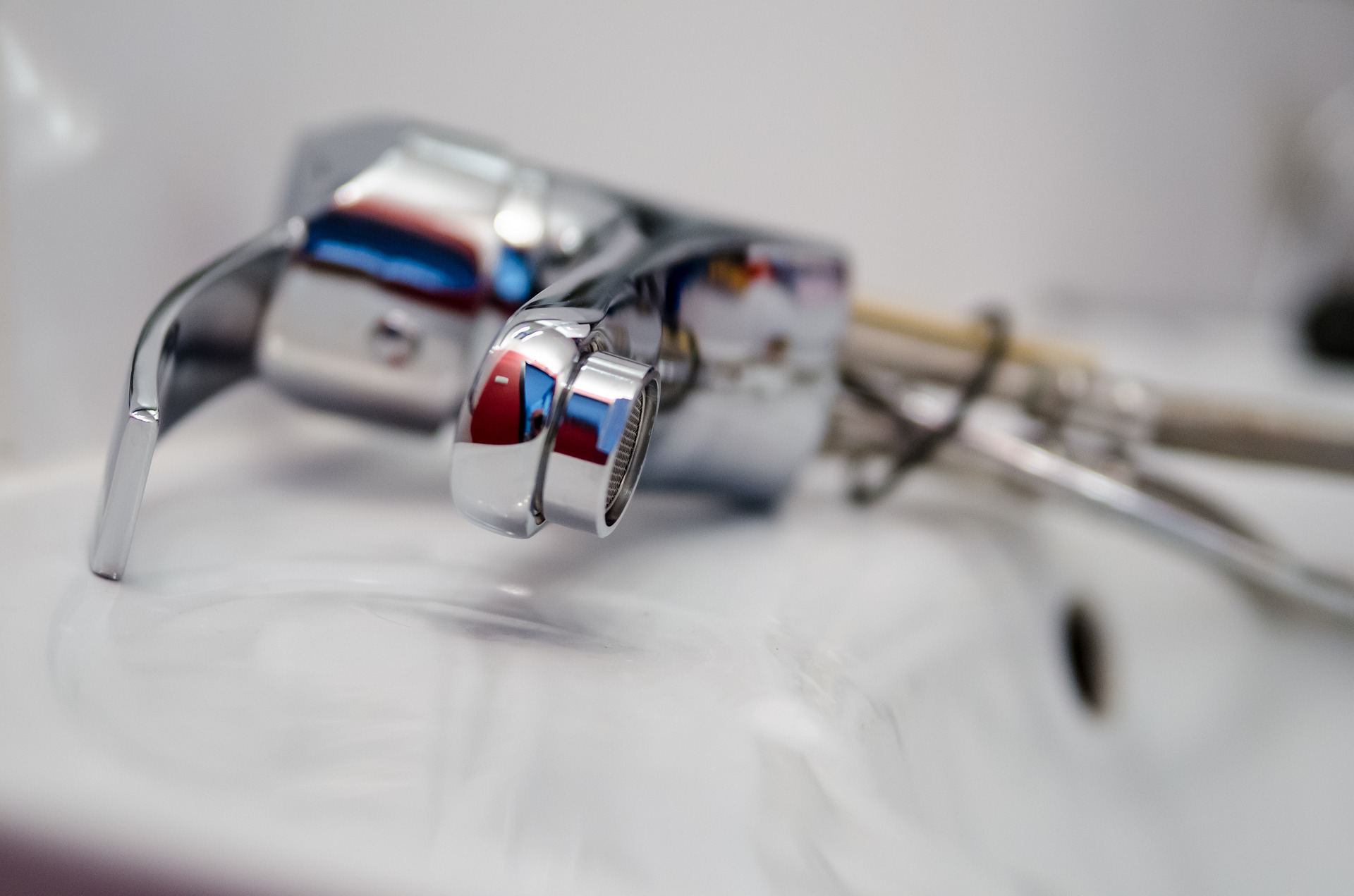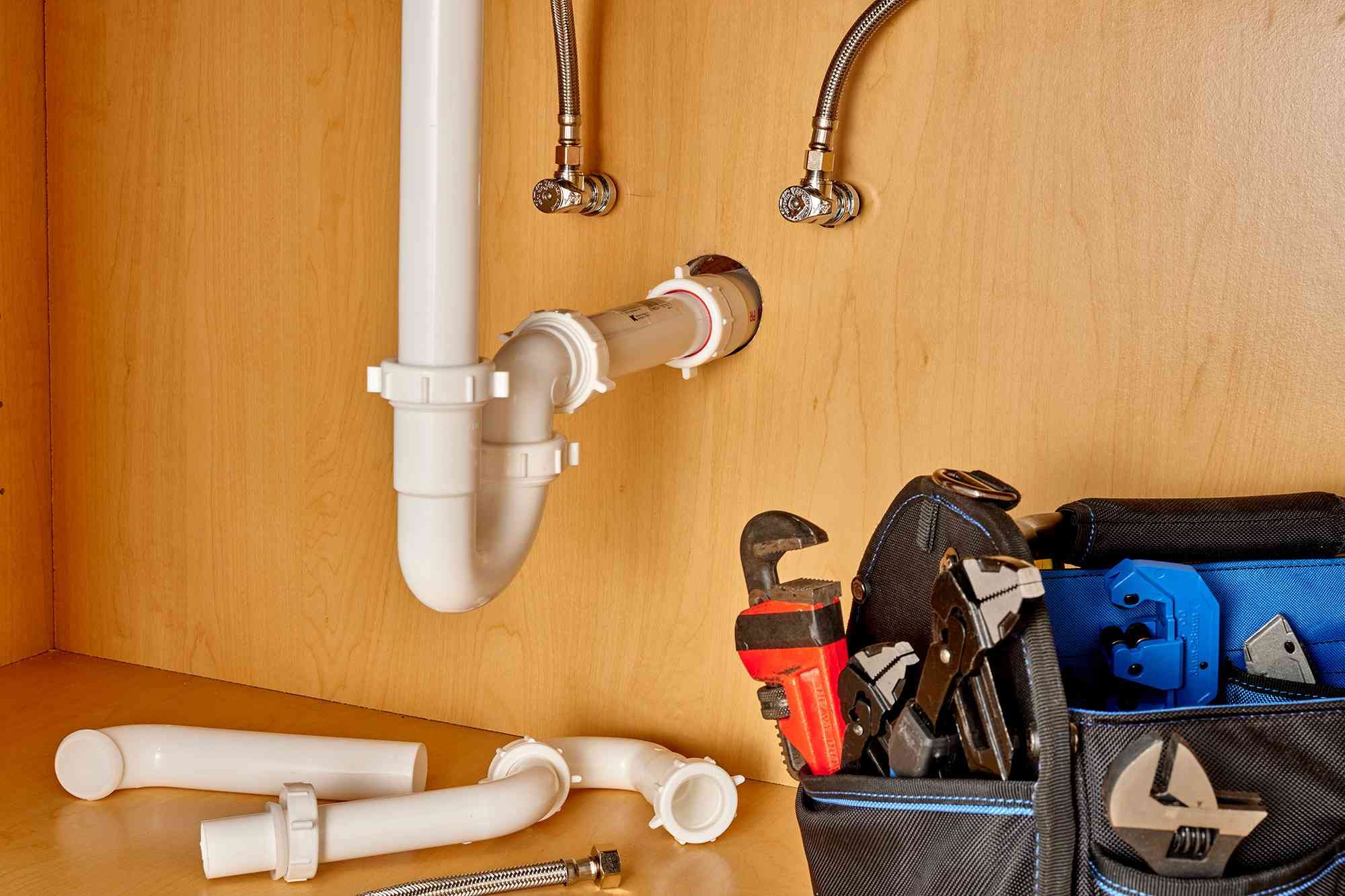Learning the Core Concepts of Home Plumbing: A Beginner's Introduction
BookThey are making a number of great observations regarding Understanding the Basics of Your Home's Plumbing System in general in the content directly below.

Plumbing is a crucial element of any type of home, in charge of providing clean water for drinking, food preparation, and bathing, in addition to removing wastewater safely. Comprehending the essentials of home plumbing is essential for every single property owner to make sure correct upkeep, troubleshooting, and, if necessary, repair services. In this newbie's overview, we'll cover the essential concepts of home plumbing to assist you become a lot more accustomed to how it works.
Water Heater
The water heating unit is in charge of home heating water for domestic use, consisting of bathing, food preparation, and cleaning. Usual types of hot water heater include tank-type water heaters, tankless (on-demand) hot water heater, and heatpump hot water heater. The hot water heater is attached to the water supply system and provides warm water to plumbing components as needed.
Drain System
The drainage system gets rid of wastewater from your home and brings it away to a sewage treatment facility or septic tank. It consists of a network of pipes, installations, and components that deliver wastewater from plumbing fixtures to the major sewage system line or sewage-disposal tank. Proper drain is essential to avoid clogs, backups, and sewage leaks.
Ventilation System
The ventilation system assists keep appropriate atmospheric pressure and protect against sewage system gases from entering your home. Air vent pipelines, likewise referred to as air vent stacks, prolong from plumbing components to the roof covering, permitting sewer gases to get away securely outside. Air flow pipelines also enable air to enter the drainage system, helping with smooth wastewater flow and preventing suction or vacuum impacts.
Supply Of Water System
The water system system brings tidy water into your home from a metropolitan water resource or a personal well. It contains a primary water line that connects to your home's plumbing system, generally situated underground. A water meter measures the amount of water consumed, while a shut-off shutoff enables you to control the circulation of water into your home.
Plumbing Components
Plumbing fixtures are devices that provide water to various parts of your home and include sinks, taps, bathrooms, showers, tubs, and appliances such as dishwashing machines and cleaning equipments. Each fixture is connected to the water system system through pipes and installations and might have its shut-off valve for maintenance or emergency situations.
Typical Plumbing Tools
Having the right tools on hand is important for executing standard plumbing repair work and upkeep jobs. Common plumbing devices include adjustable wrenches, pipe wrenches, pliers, pipeline cutters, hacksaws, plungers, augers (or drain serpents), and Teflon tape. Having these devices easily available can aid you tackle minor plumbing concerns successfully.
Basic Plumbing Repair Services
While some plumbing repairs might need professional assistance, numerous common concerns can be attended to with standard do it yourself techniques. Knowing just how to repair a leaking faucet, unblock a drainpipe, replace a commode flapper, or repair a trickling showerhead can conserve you money and time on plumbing repair services.
Verdict
Understanding the basics of home plumbing is vital for every homeowner to preserve a risk-free, useful, and reliable plumbing system. By acquainting on your own with the water system system, plumbing fixtures, water drainage system, air flow system, usual plumbing devices, and basic repairs, you can with confidence resolve minor plumbing concerns and ensure your home's plumbing system runs smoothly.
Plumbing for Beginners: A Comprehensive Guide
If you’re a beginner when it comes to plumbing, don’t worry; you’re not alone. Plumbing may seem intimidating, but with the right knowledge and a little practice, you can handle many common plumbing issues on your own. In this comprehensive guide, we will demystify the world of plumbing for beginners, providing you with the basic knowledge and skills needed to tackle common plumbing problems and even take on some DIY plumbing projects.
The Importance of Basic Plumbing Knowledge for Beginners:
First and foremost, basic plumbing knowledge gives you a solid foundation. It helps you grasp the key concepts and terminology that are essential in this field. By learning the basics, you’ll be able to build upon that knowledge and tackle more complex plumbing tasks in the future.
Having a basic understanding of plumbing also enables you to handle common issues that may arise in your home. Picture this: a leaky faucet or a clogged drain. With some basic plumbing knowledge, you’ll have the confidence to troubleshoot and fix these problems on your own. It saves you from unnecessary expenses and the hassle of waiting for a professional to arrive.
As a beginner, learning the basics of plumbing empowers you to take care of your own home. It gives you a sense of independence and self-reliance. You’ll no longer have to rely solely on professionals for every small issue that pops up. Instead, you can handle many tasks yourself, saving time and money in the process.
Remember, everyone starts as a beginner. Embrace the learning process and take small steps to expand your plumbing knowledge. There are plenty of online resources, tutorials, and even local workshops that talk about plumbing for beginners.
Essential Tools for Plumbing for Beginners
As you start your plumbing journey, having the right tools in your toolbox is crucial. Let’s explore some of the must-have tools:
Adjustable Wrench:
This versatile tool is a staple in any plumber’s toolbox. It allows you to tighten or loosen nuts and bolts of various sizes. Make sure to have an adjustable wrench with a comfortable grip.
Pipe Wrench:
A pipe wrench is specifically designed for gripping and turning pipes. It has serrated jaws that provide a strong grip, making it easier to loosen or tighten threaded pipes and fittings.
Plunger:
The plunger is a simple yet effective tool for clearing clogged drains and toilets. It creates suction when you push and pull, helping to dislodge blockages. Keep a good-quality plunger handy for those unexpected clogs.
Pipe Cutter:
When it comes to cutting pipes, a pipe cutter is your go-to tool. It creates clean, precise cuts without damaging the pipe. Look for a pipe cutter that can handle the pipe sizes you’re working with.
Hacksaw:
A hacksaw is useful for cutting through pipes, screws, and other materials. It’s a versatile tool that can handle different cutting tasks. Remember to use a blade suitable for cutting metal.
Tape Measure:
Accurate measurements are crucial in plumbing. A tape measure allows you to measure pipe lengths, distances, and dimensions accurately. Opt for a sturdy tape measure that extends a good length.
Pliers:
Pliers come in handy for various tasks, such as gripping, bending, and cutting. Slip-joint pliers with adjustable jaws are great for gripping pipes, nuts, and bolts.

I was shown that editorial on Plumbing Basics Every Homeowner Should Know from a pal on another web property. Sharing is nice. You never know, you may very well be doing someone a favor. We love your readership.
Schedule Service Now